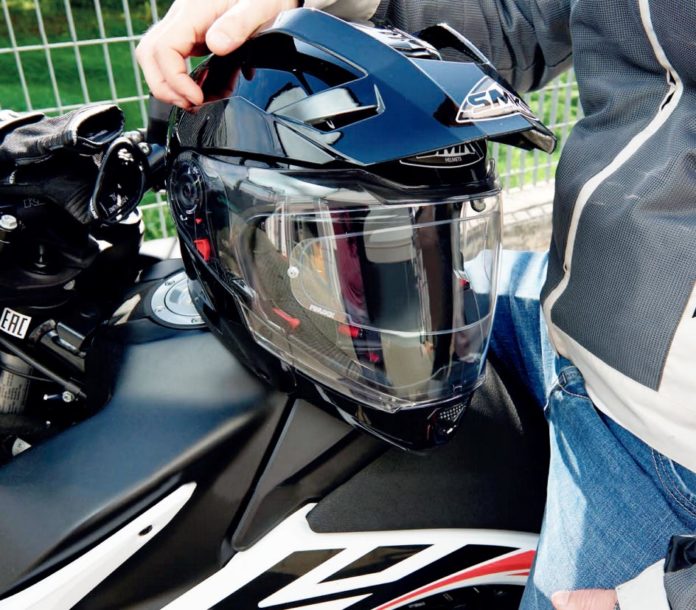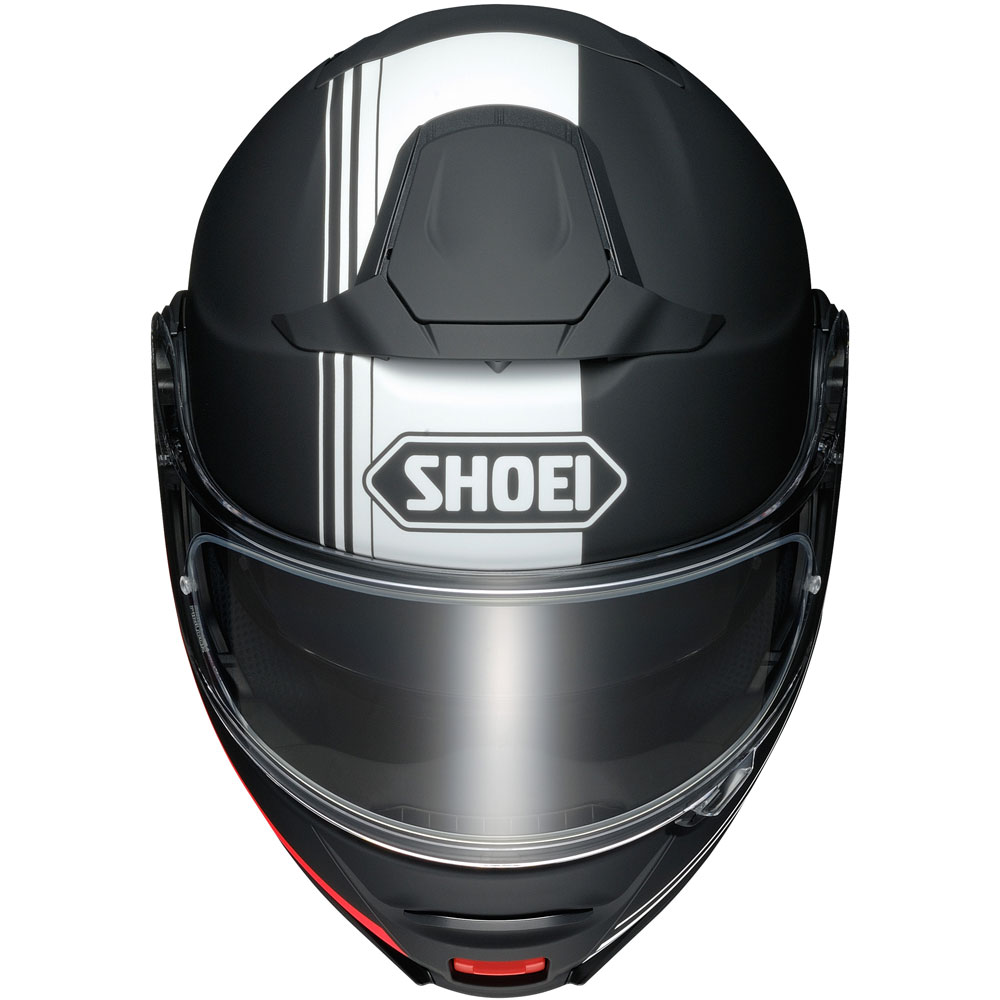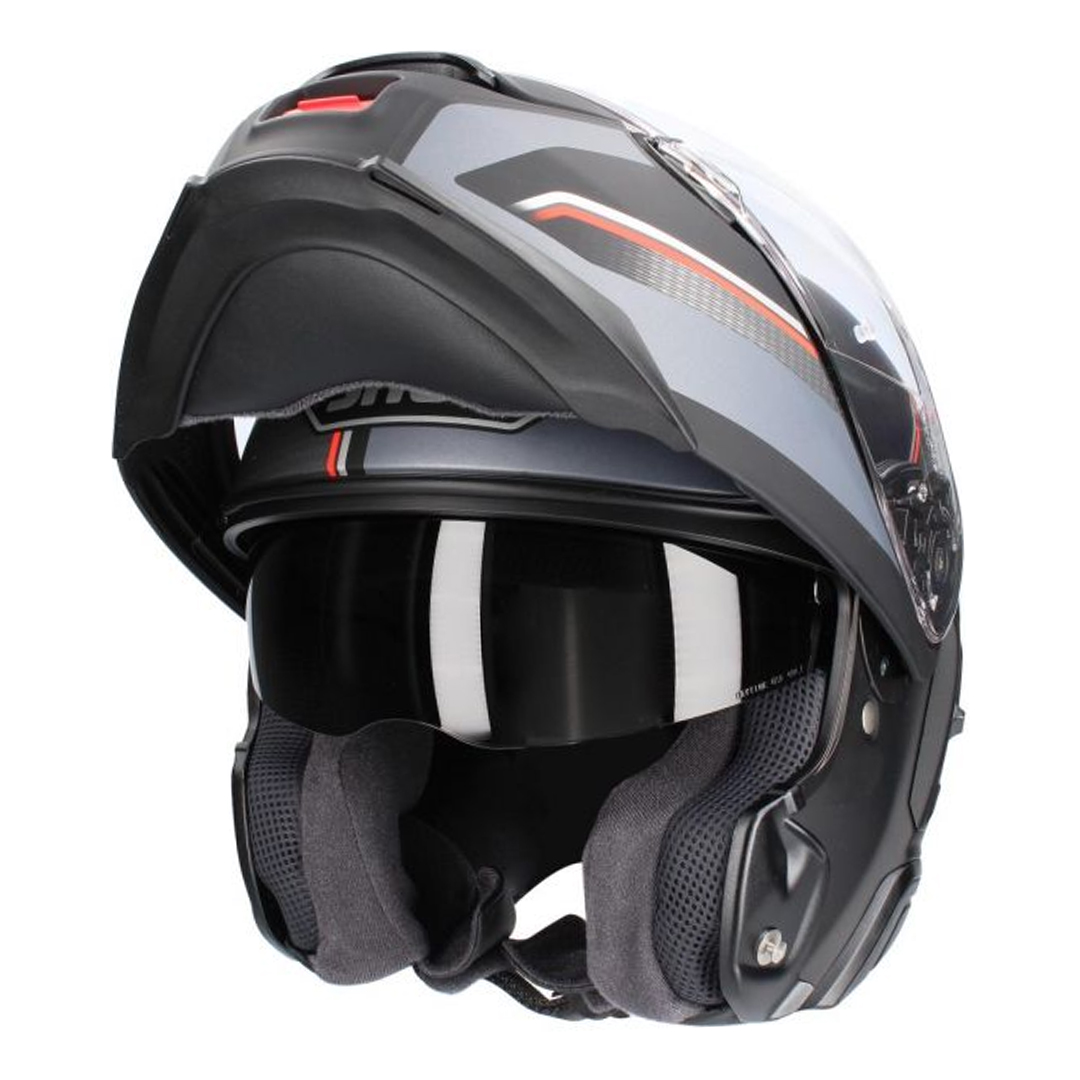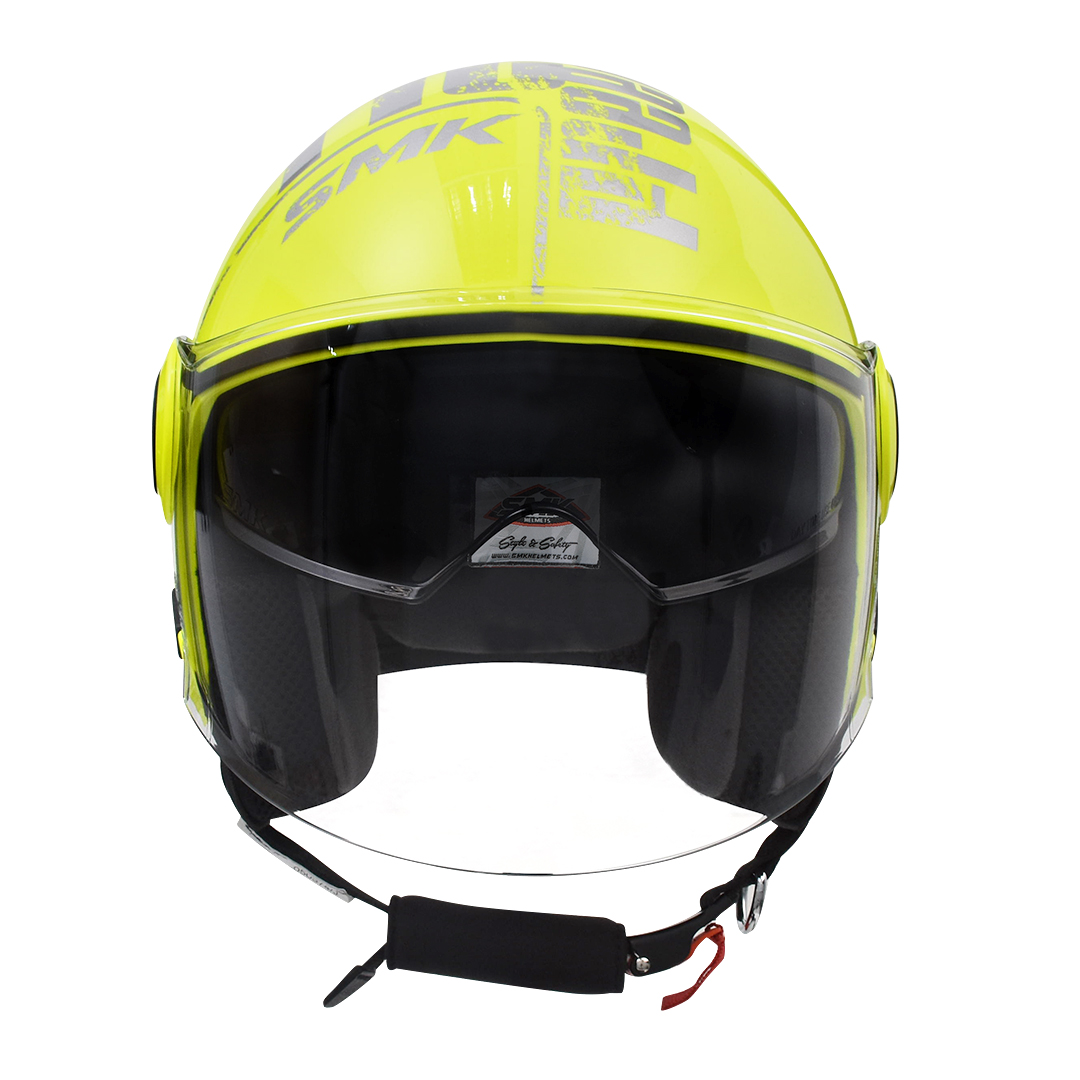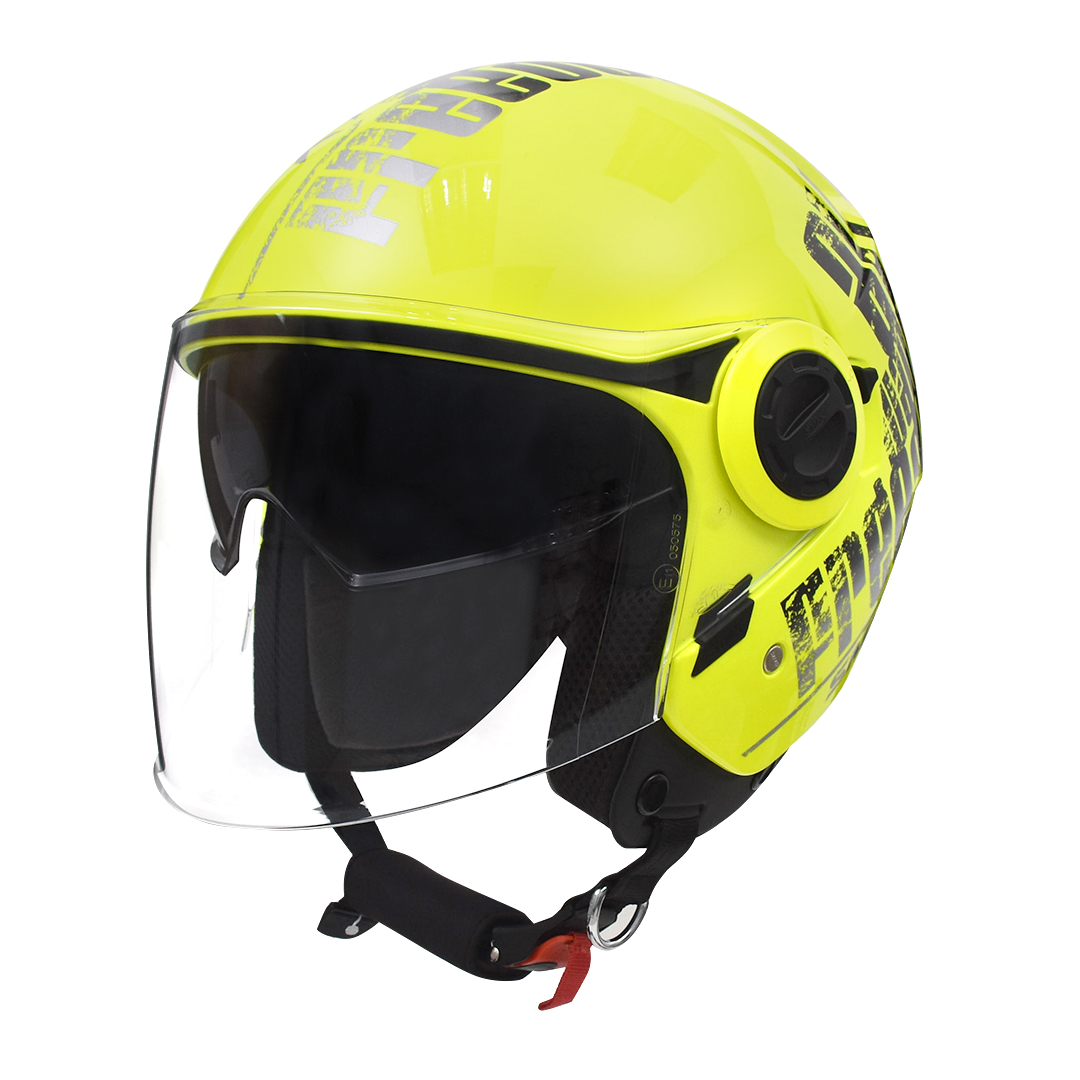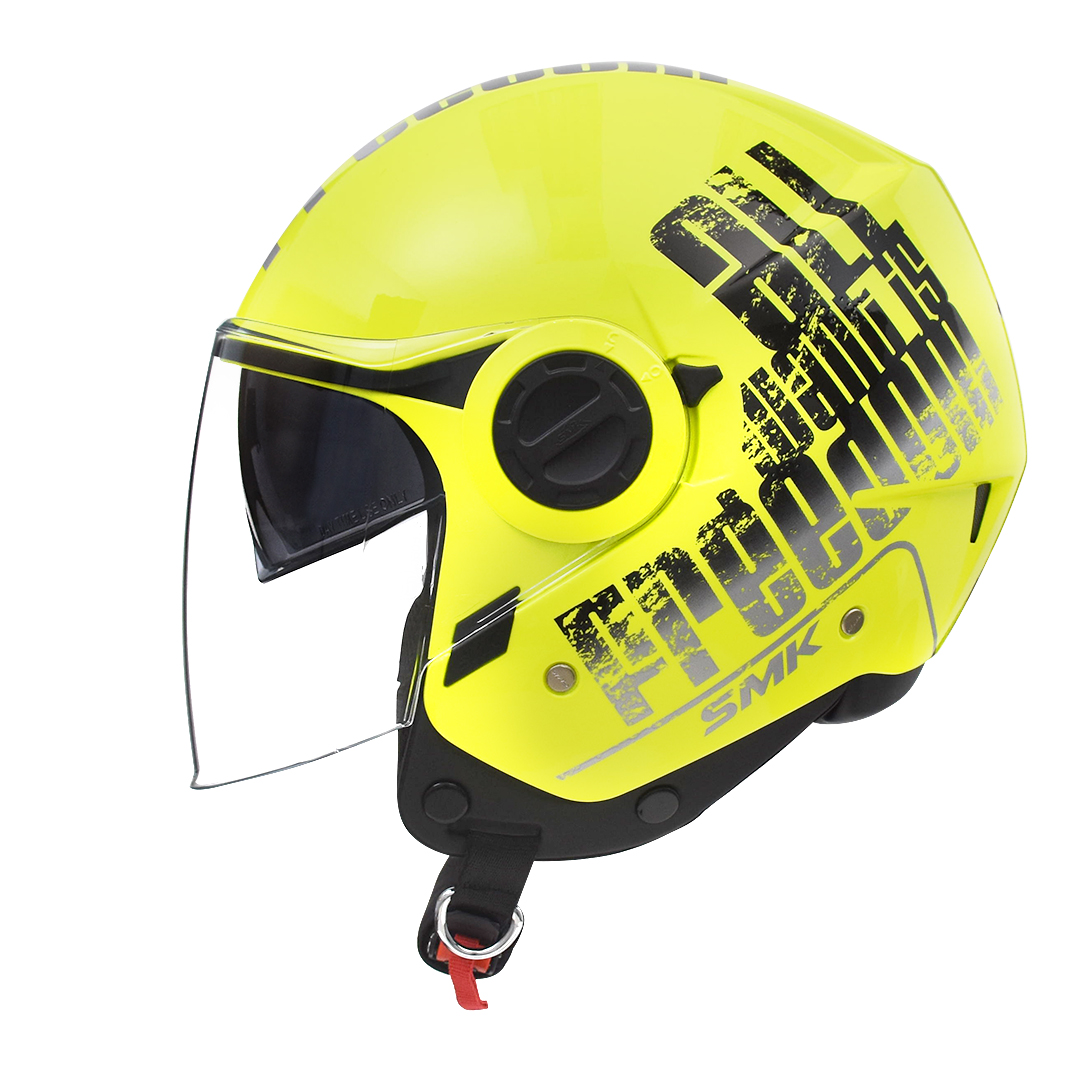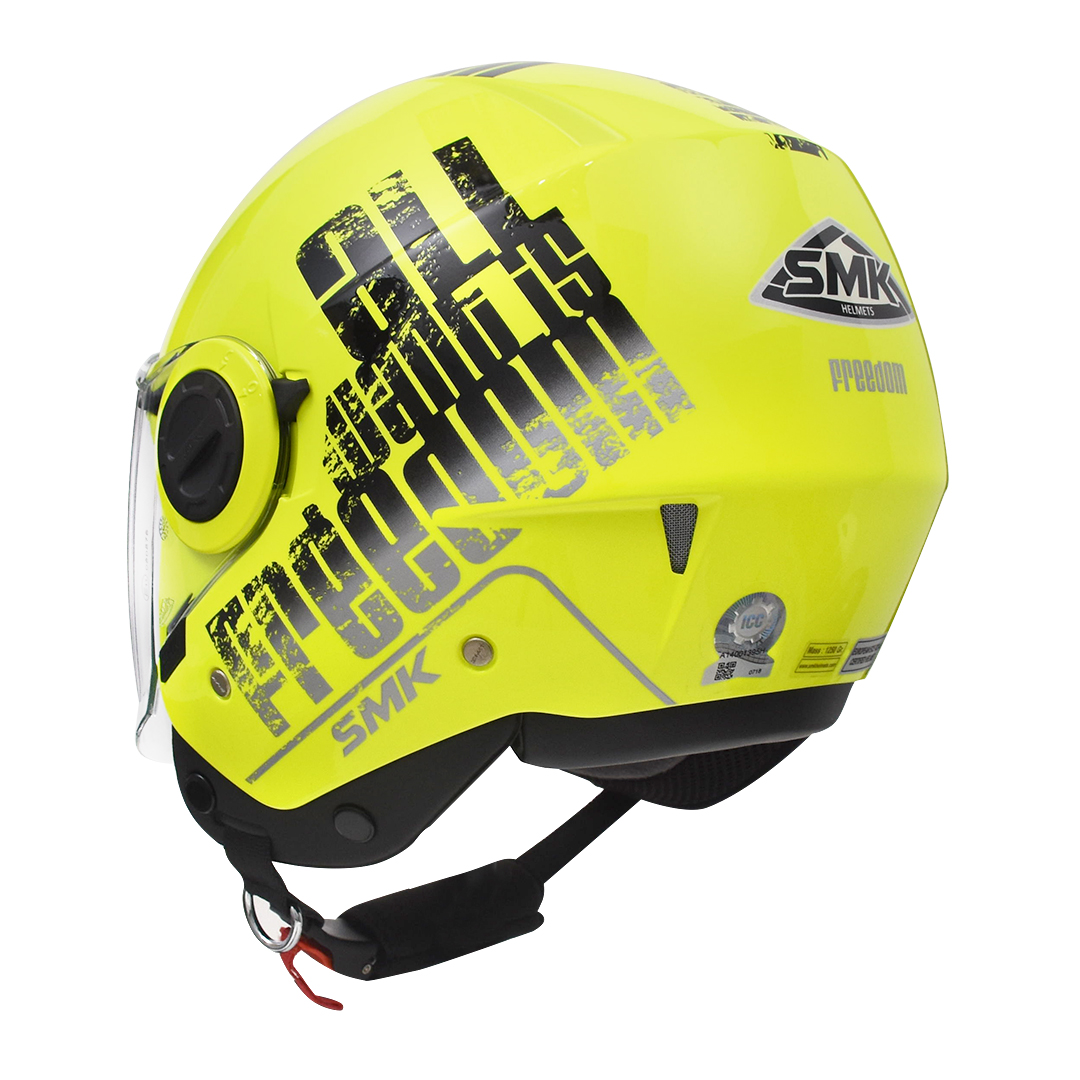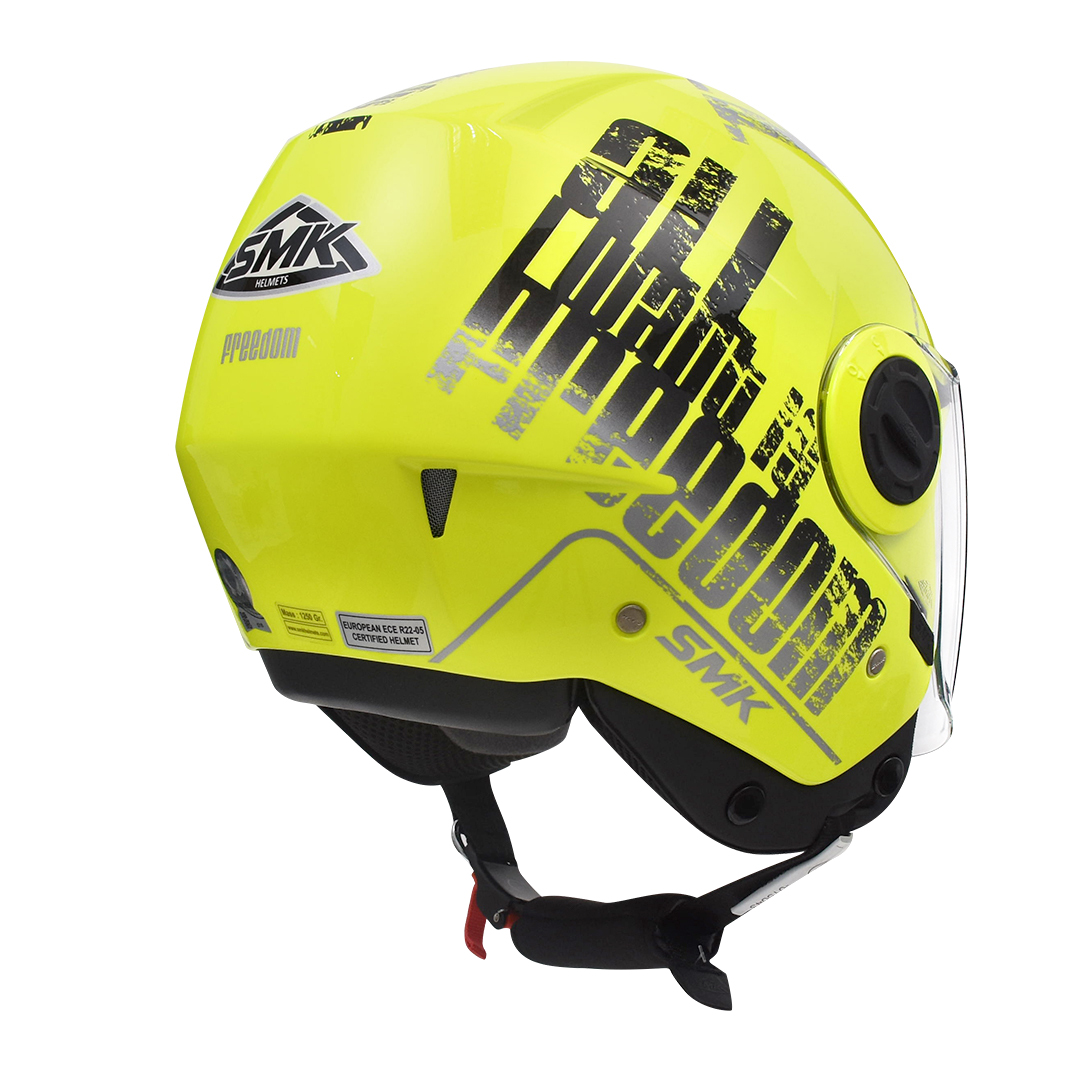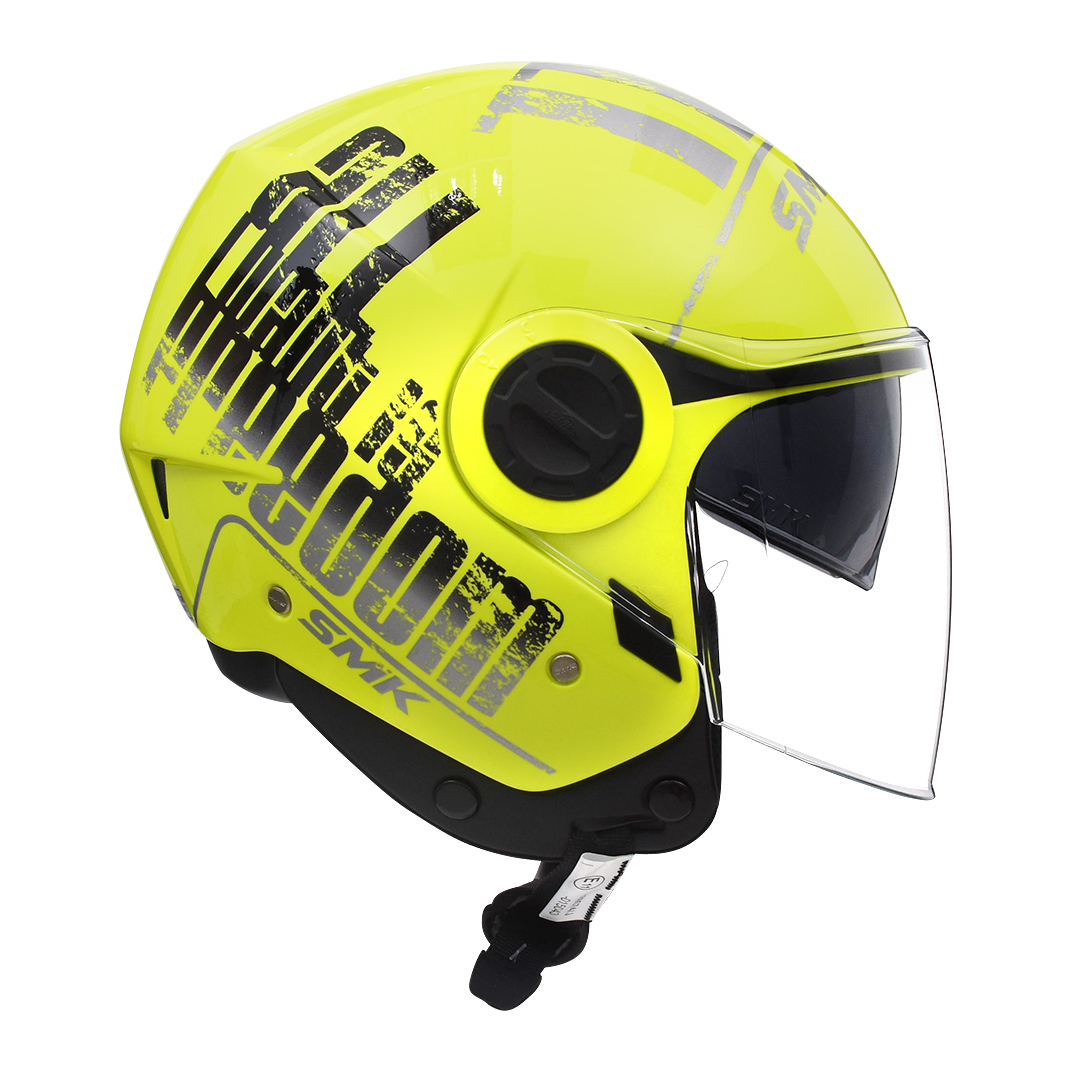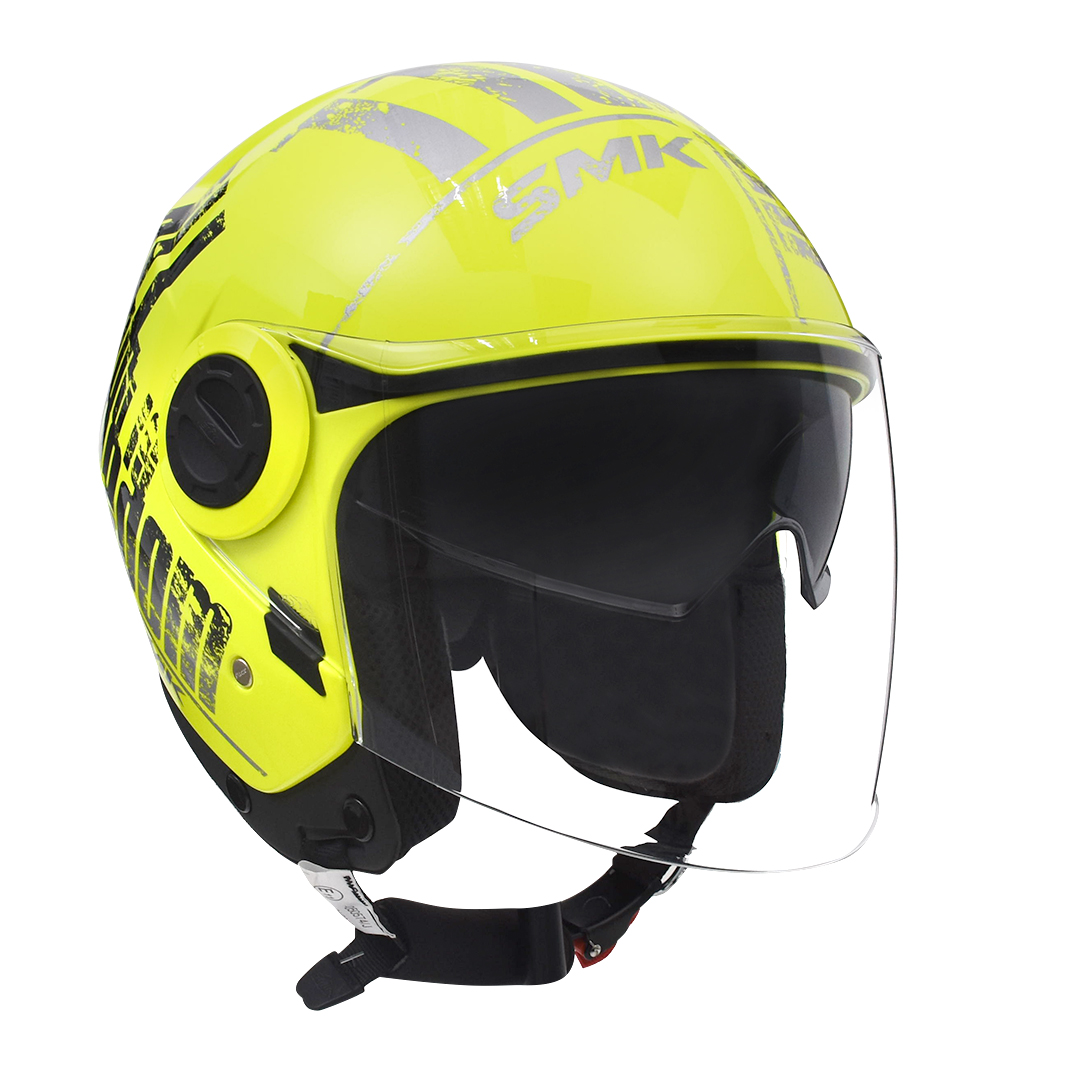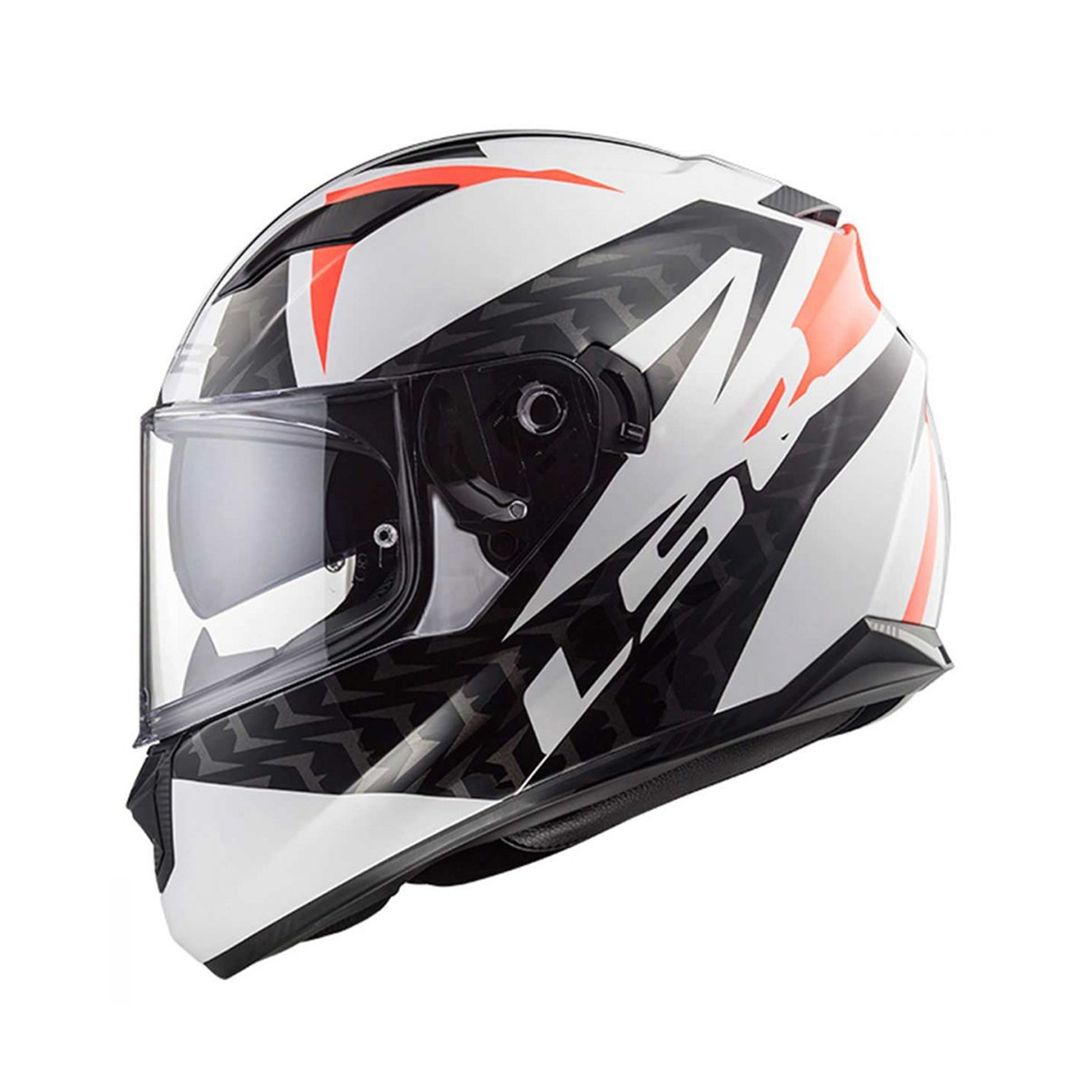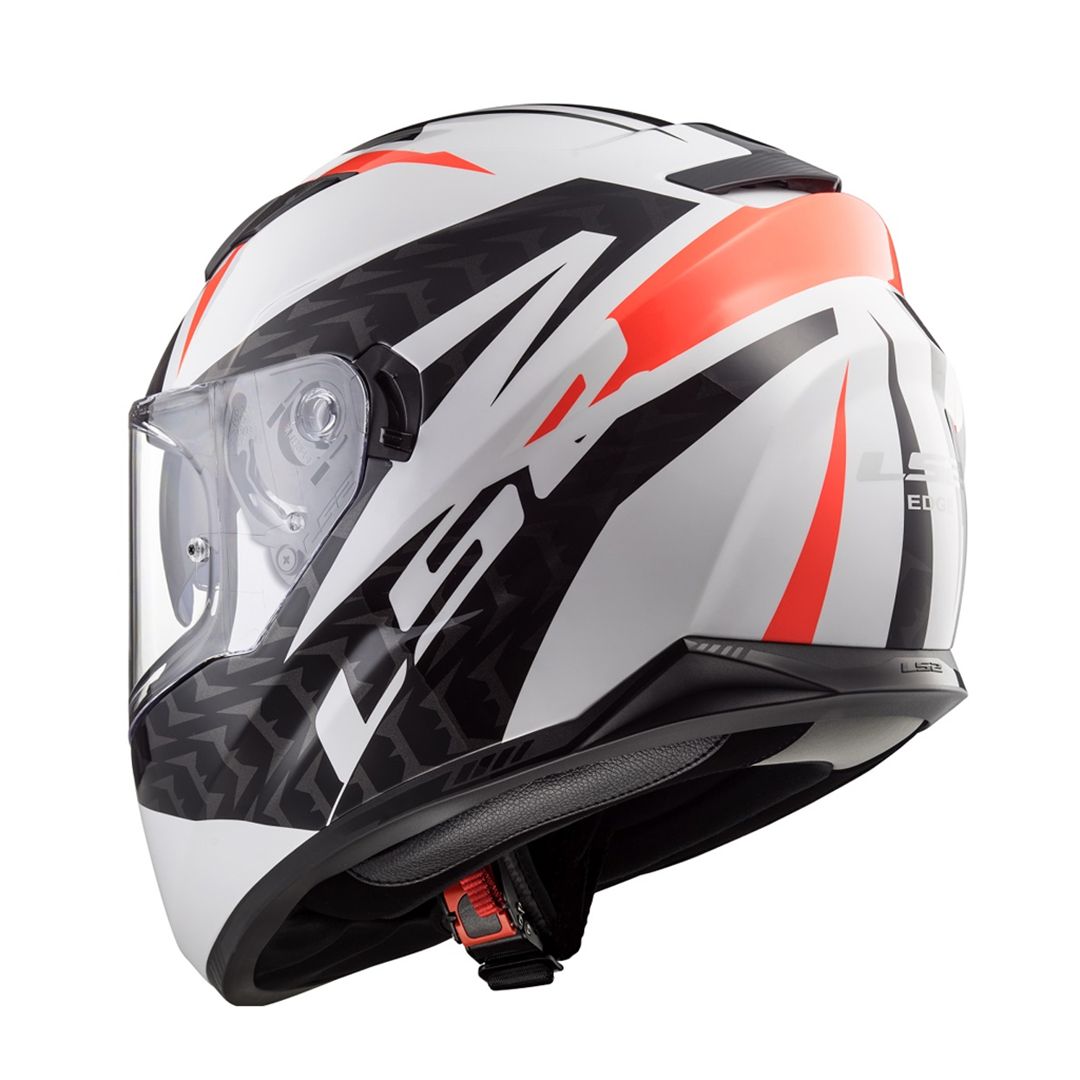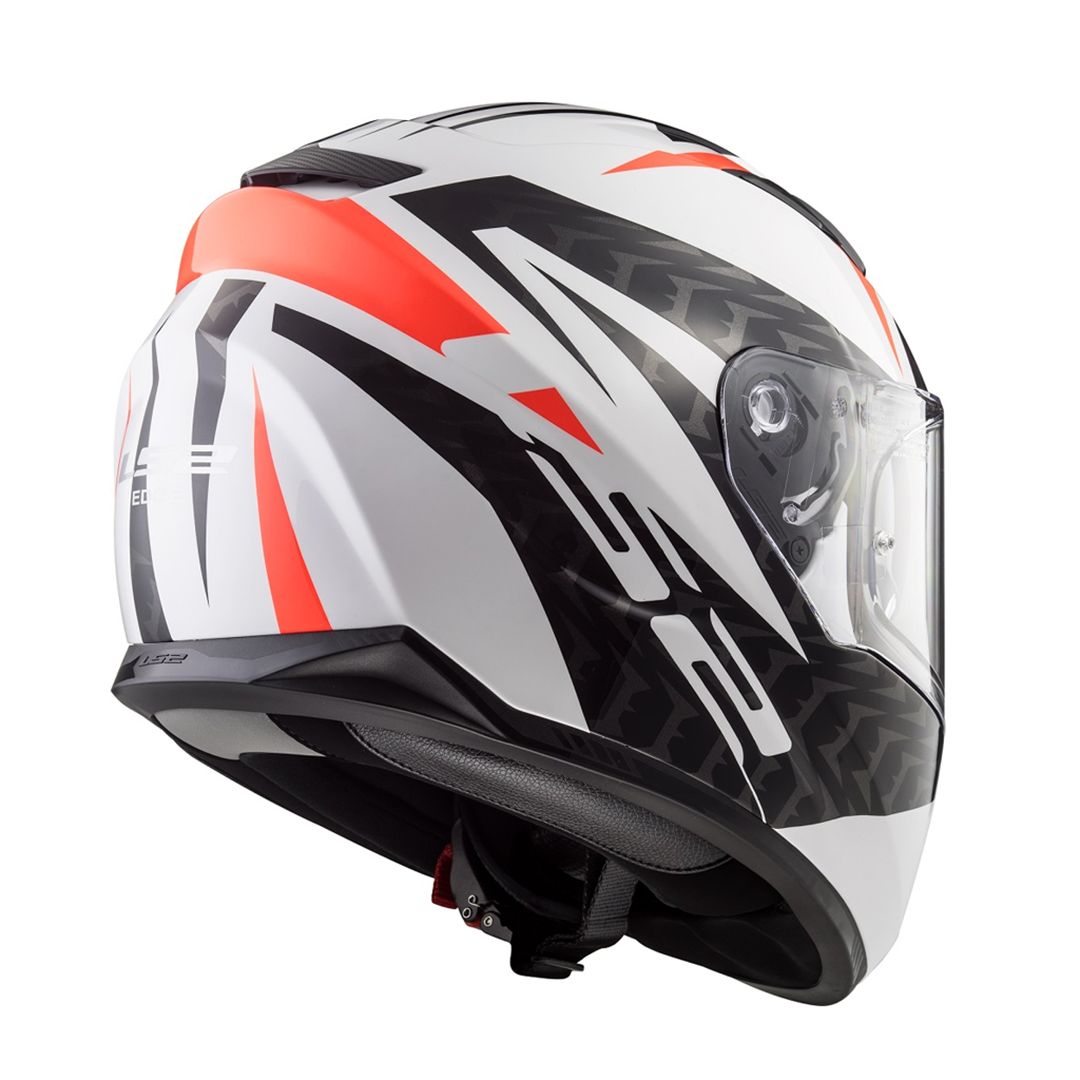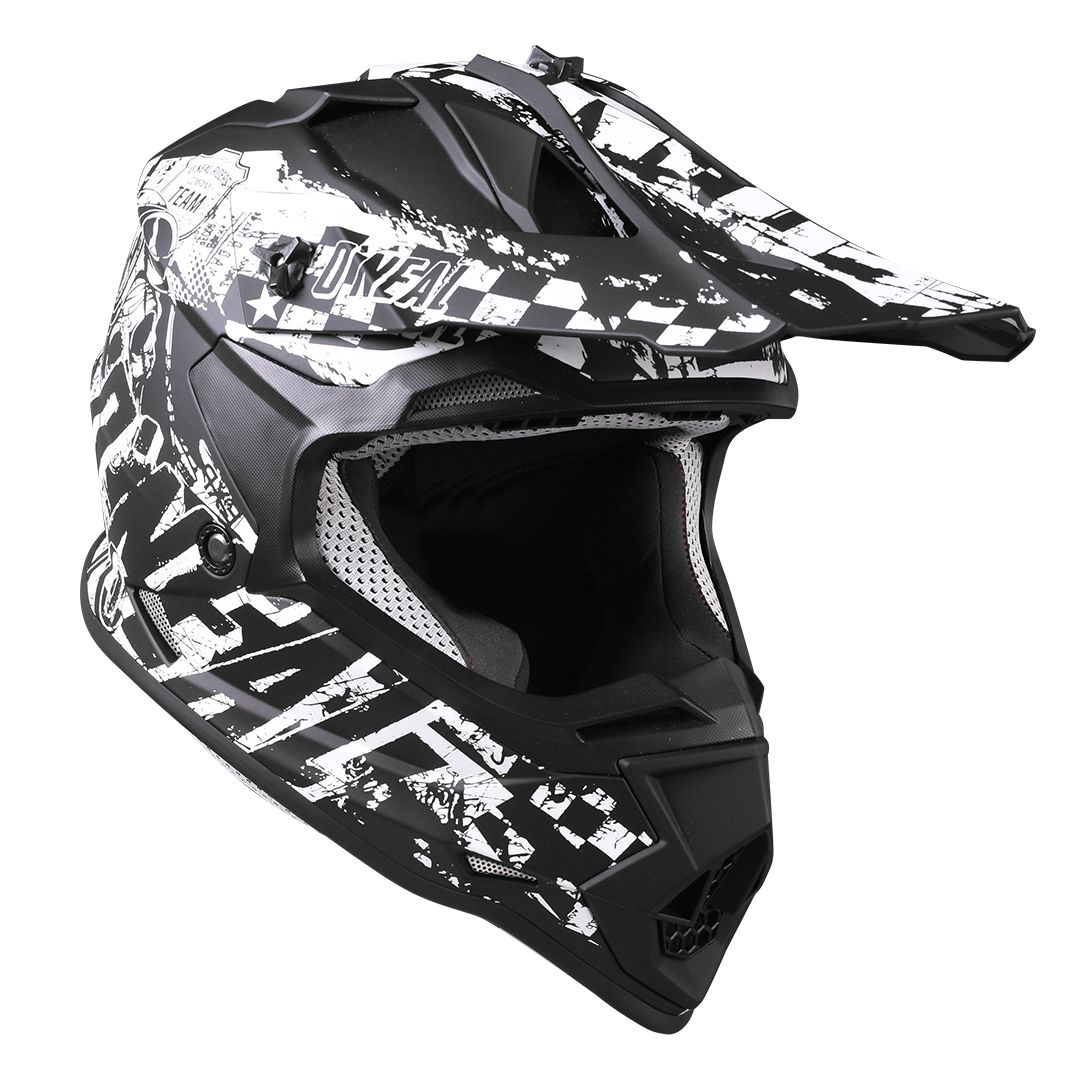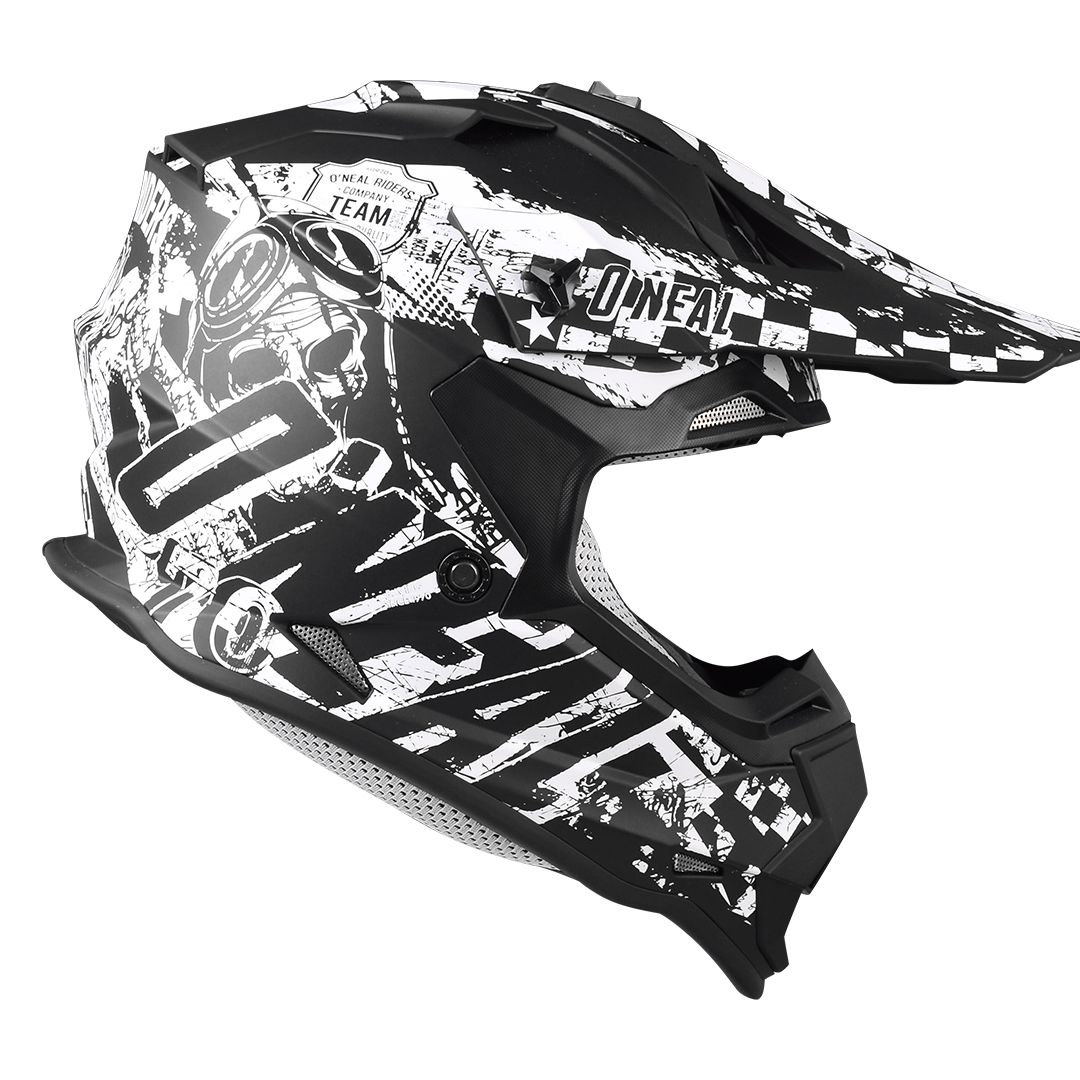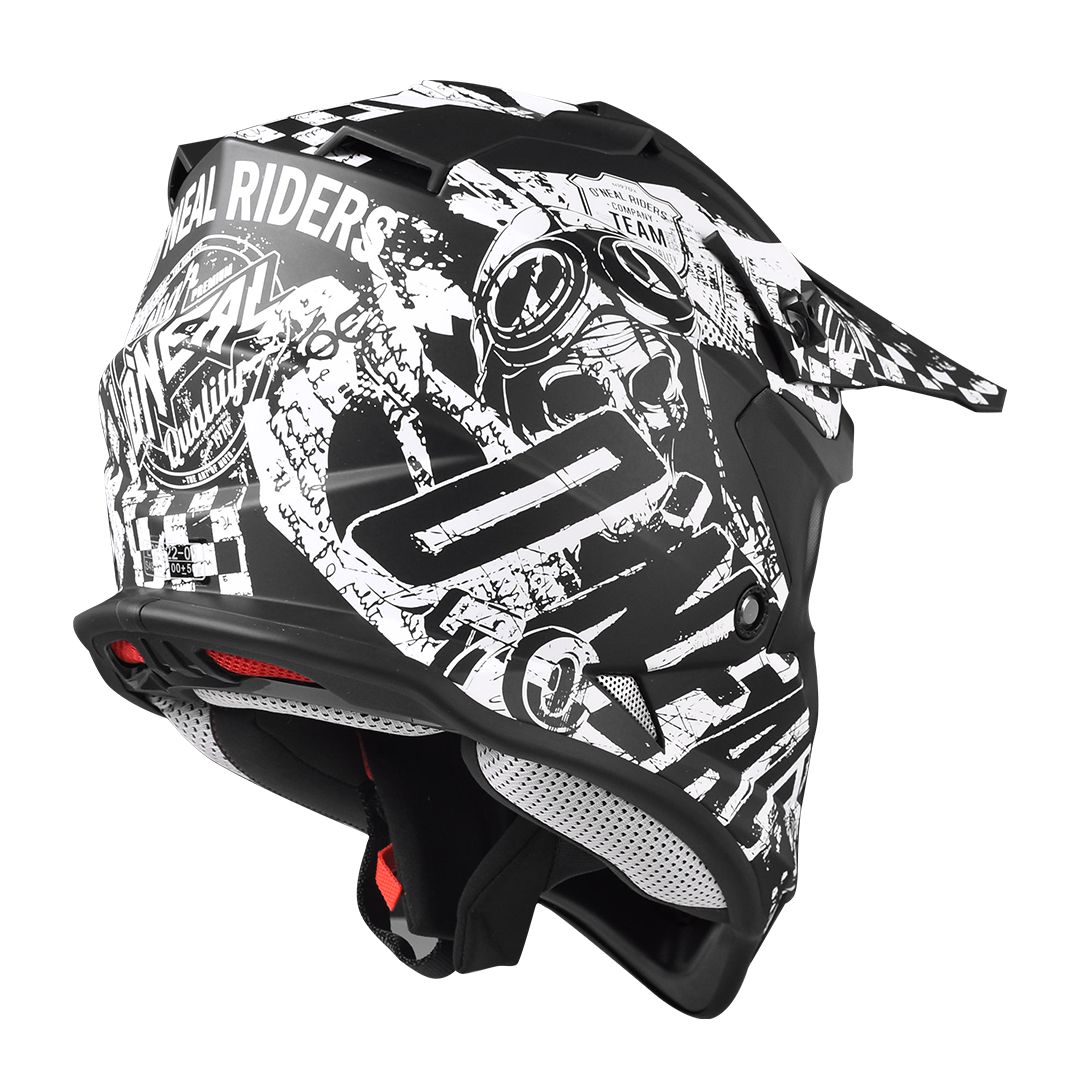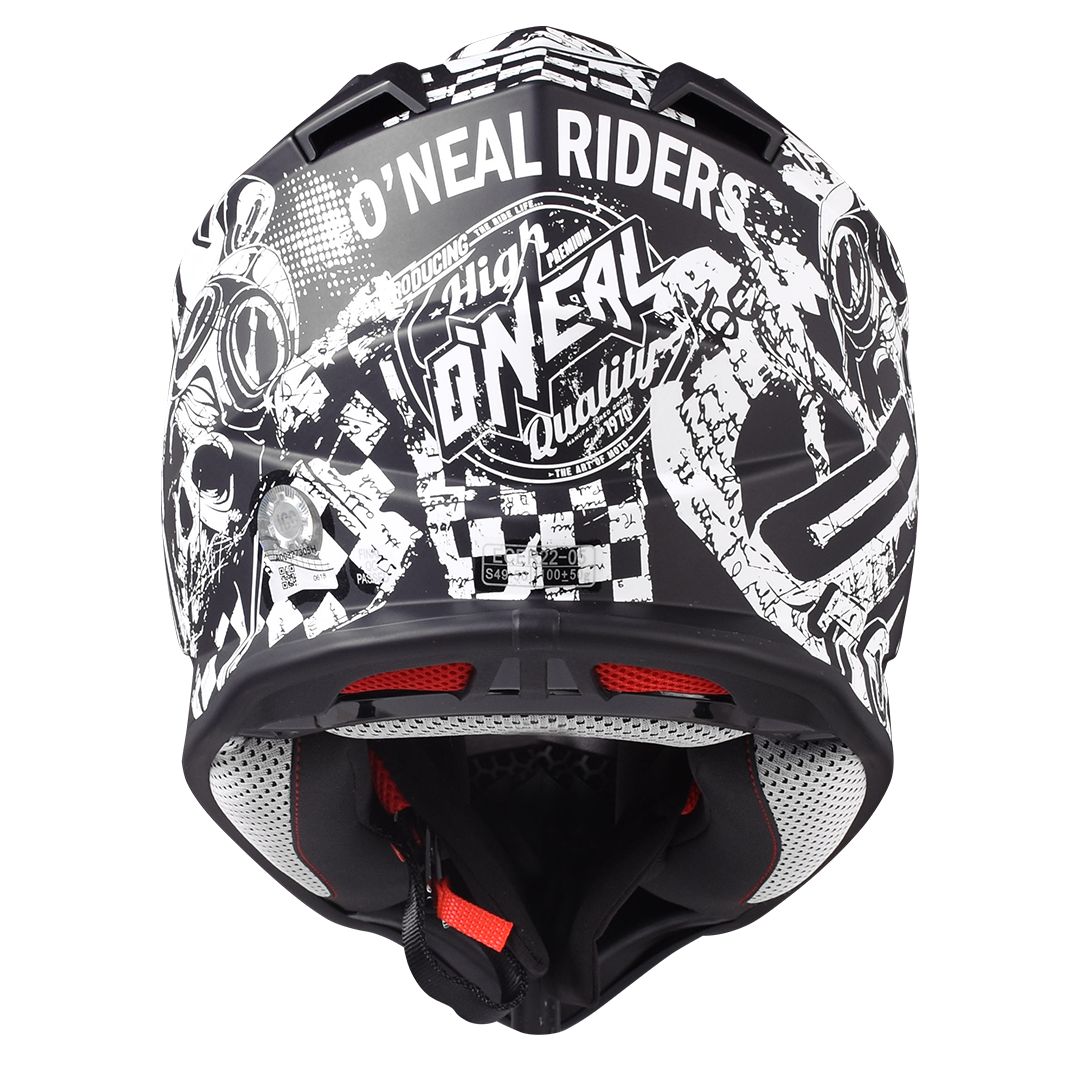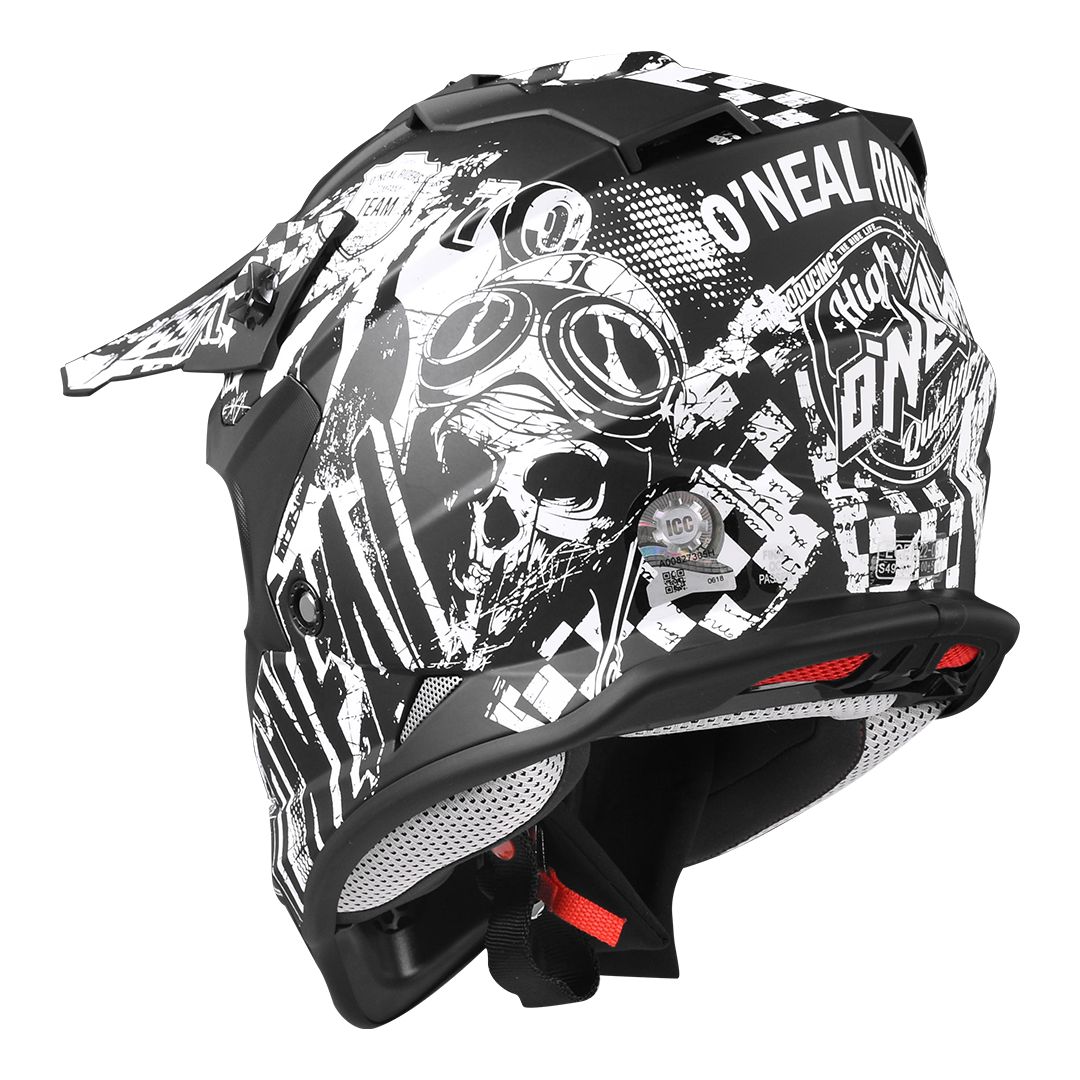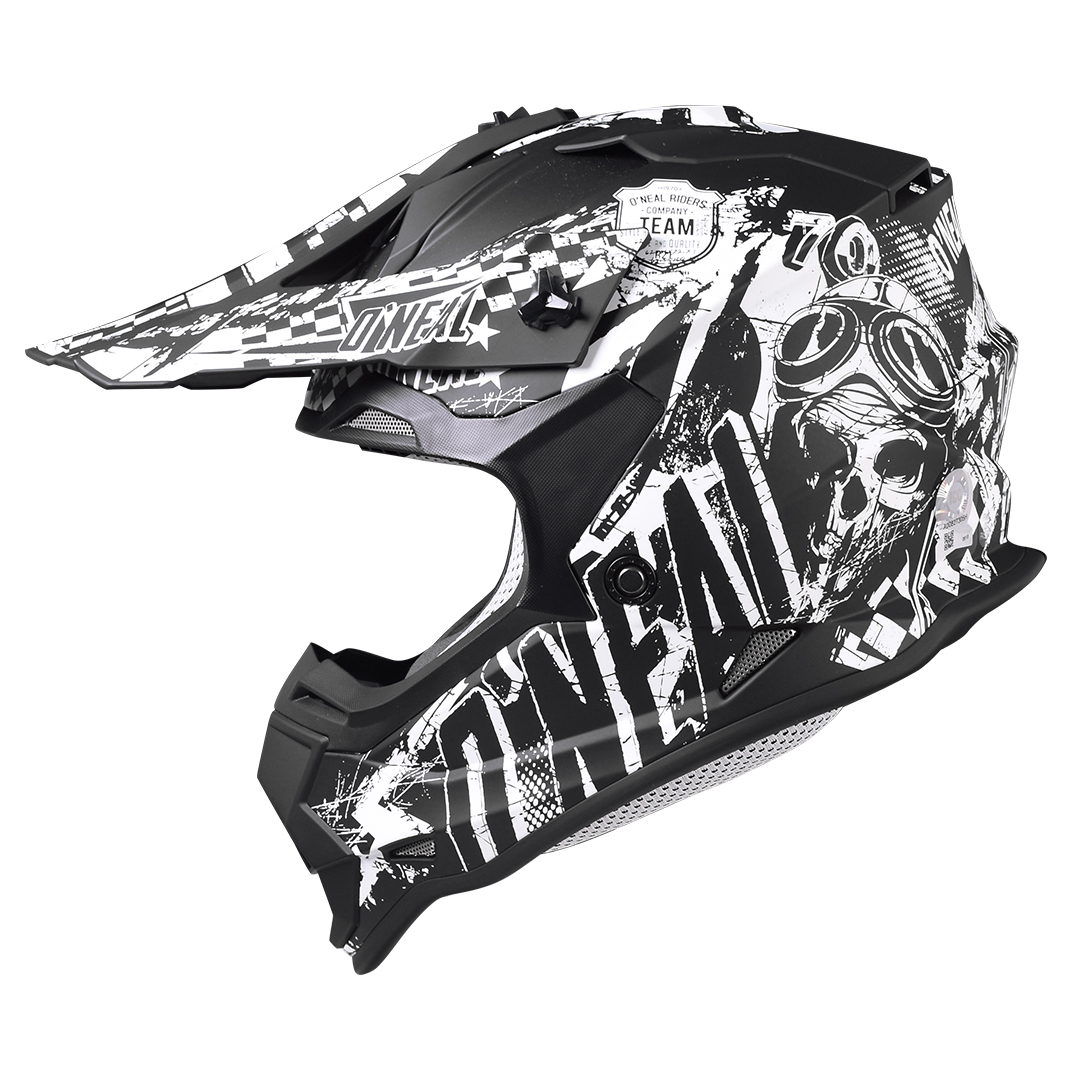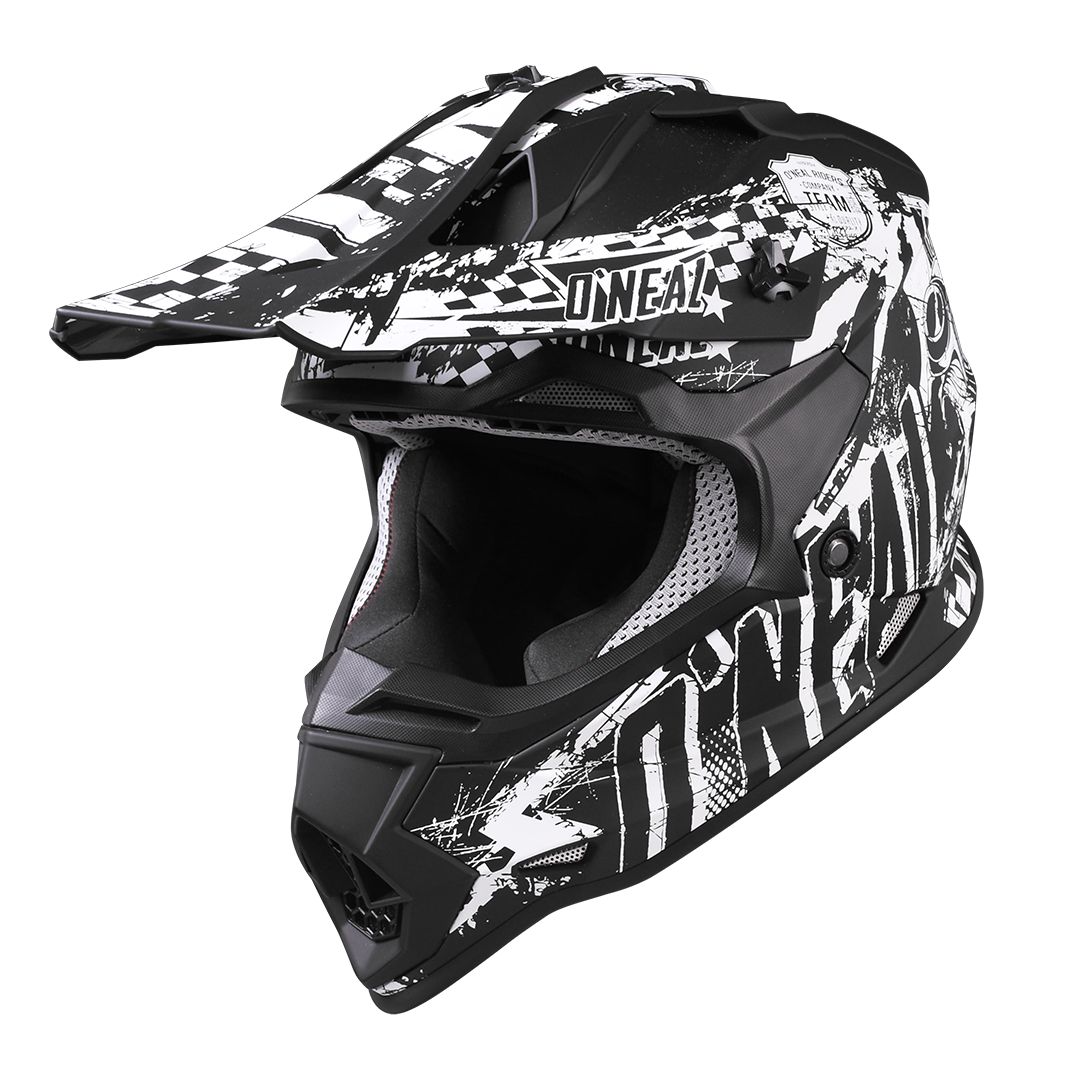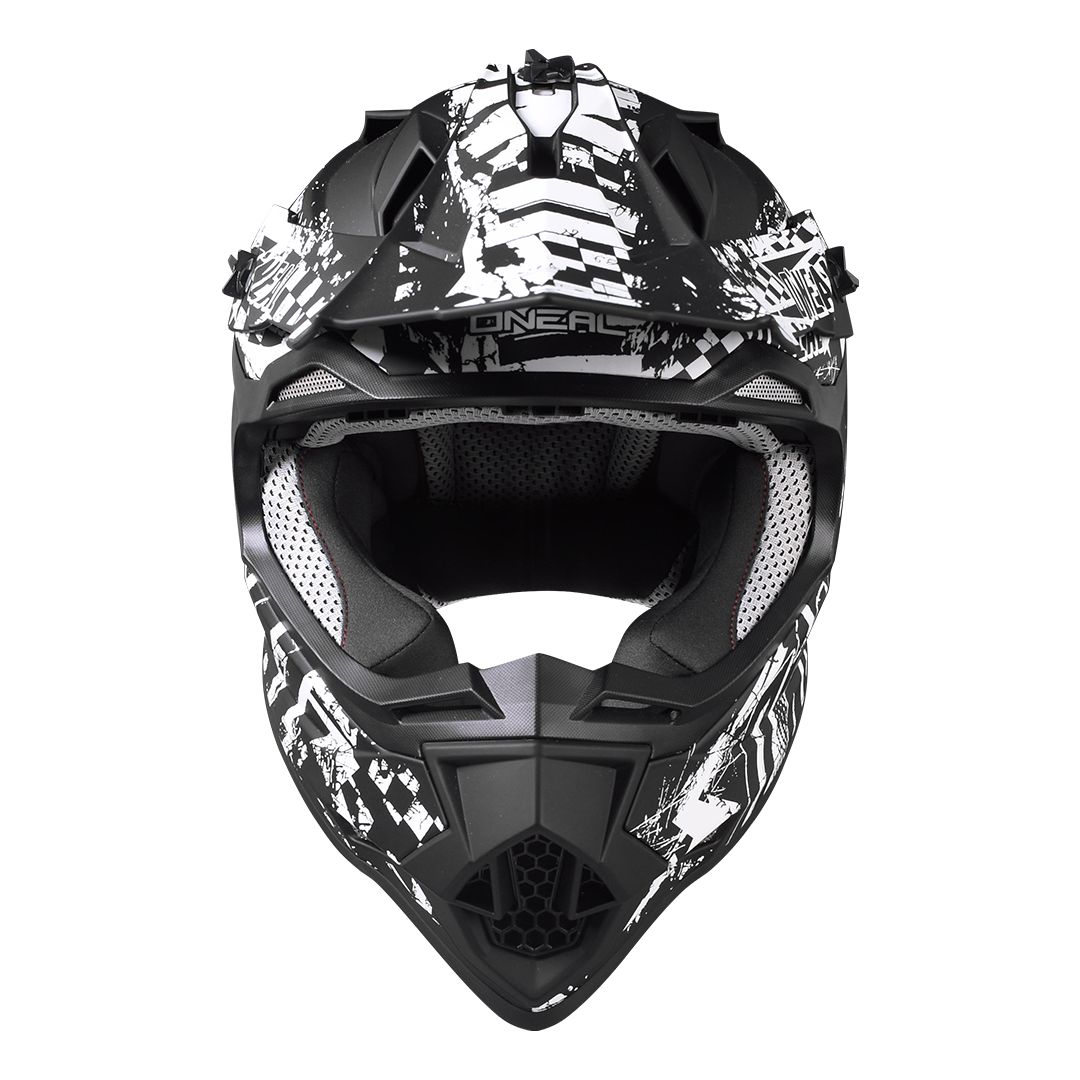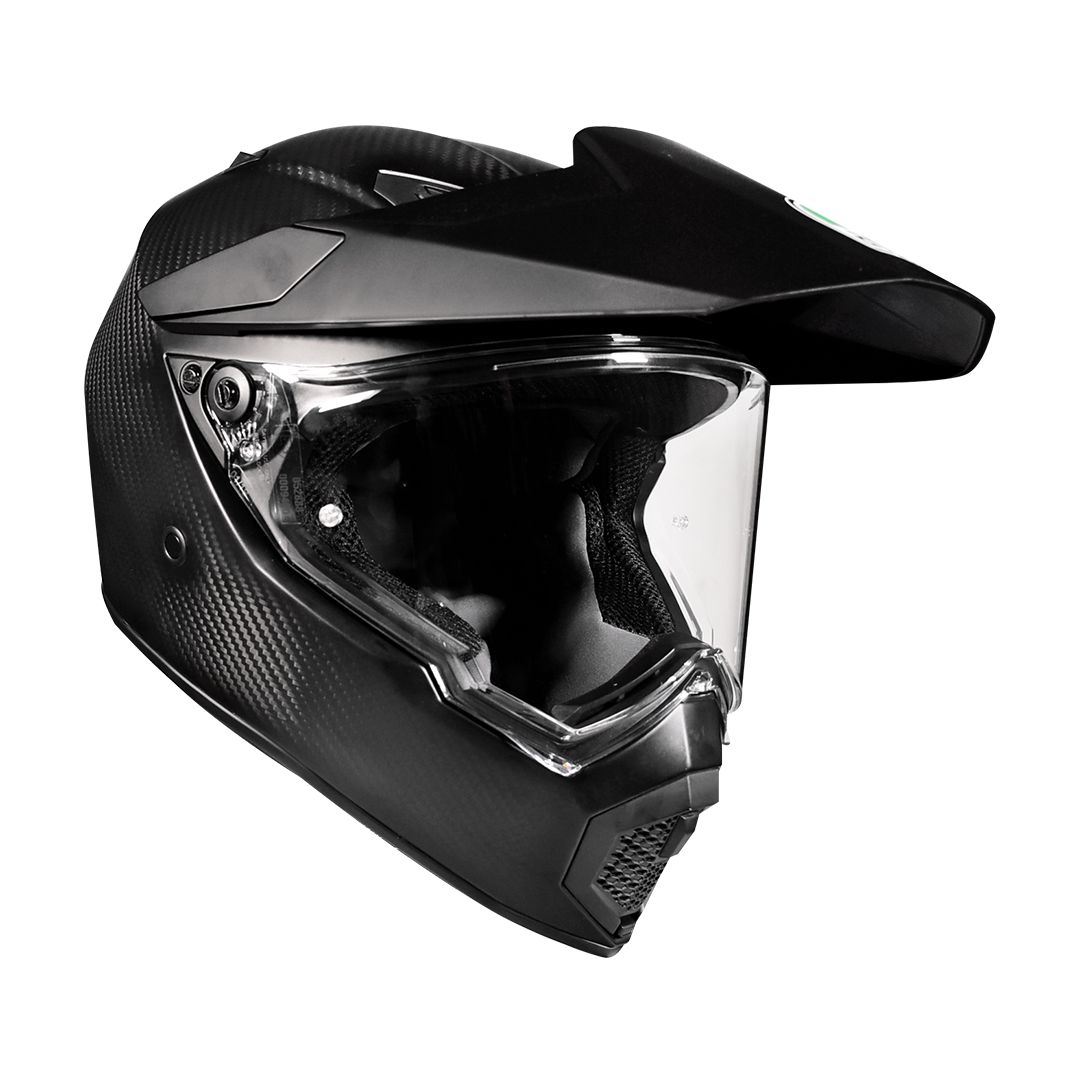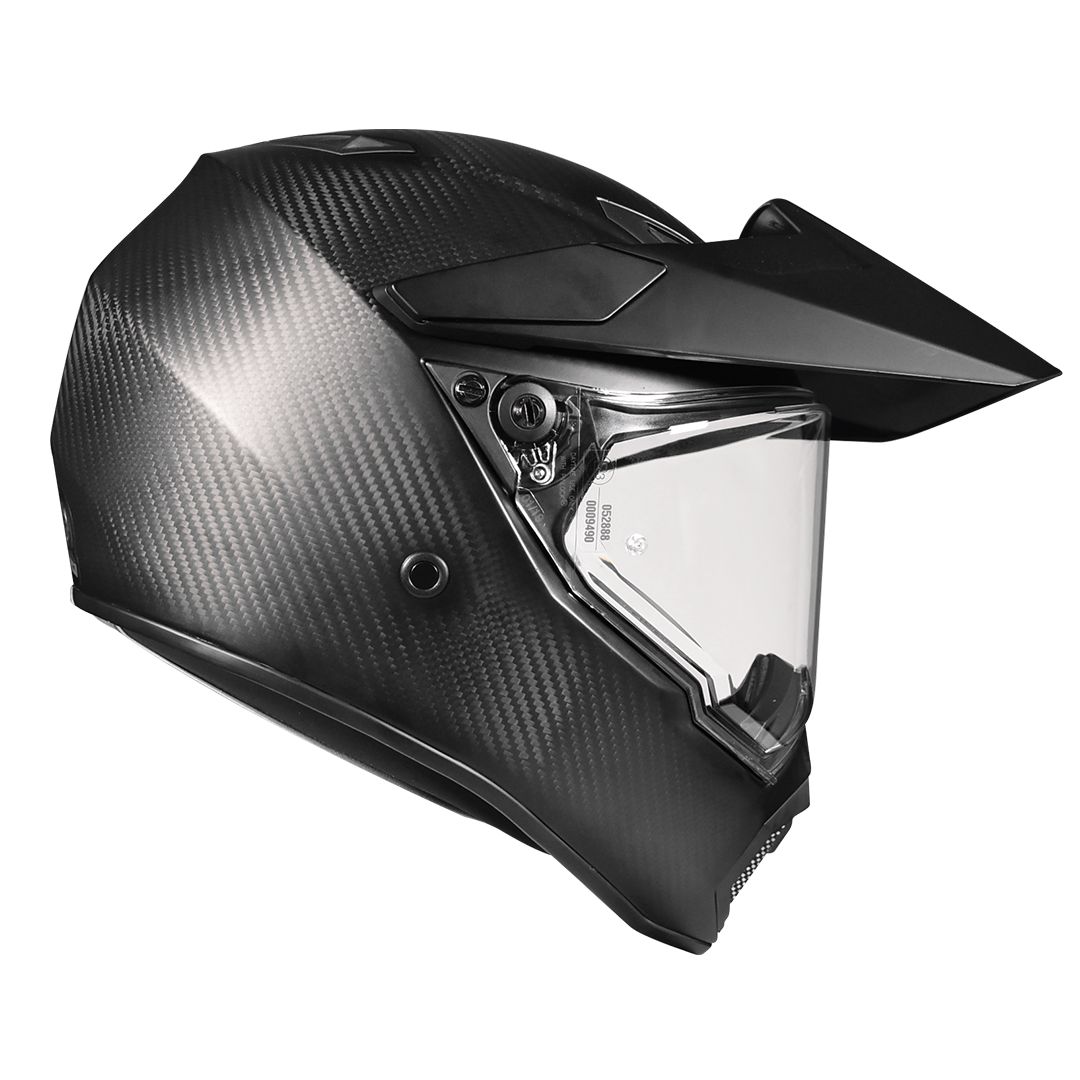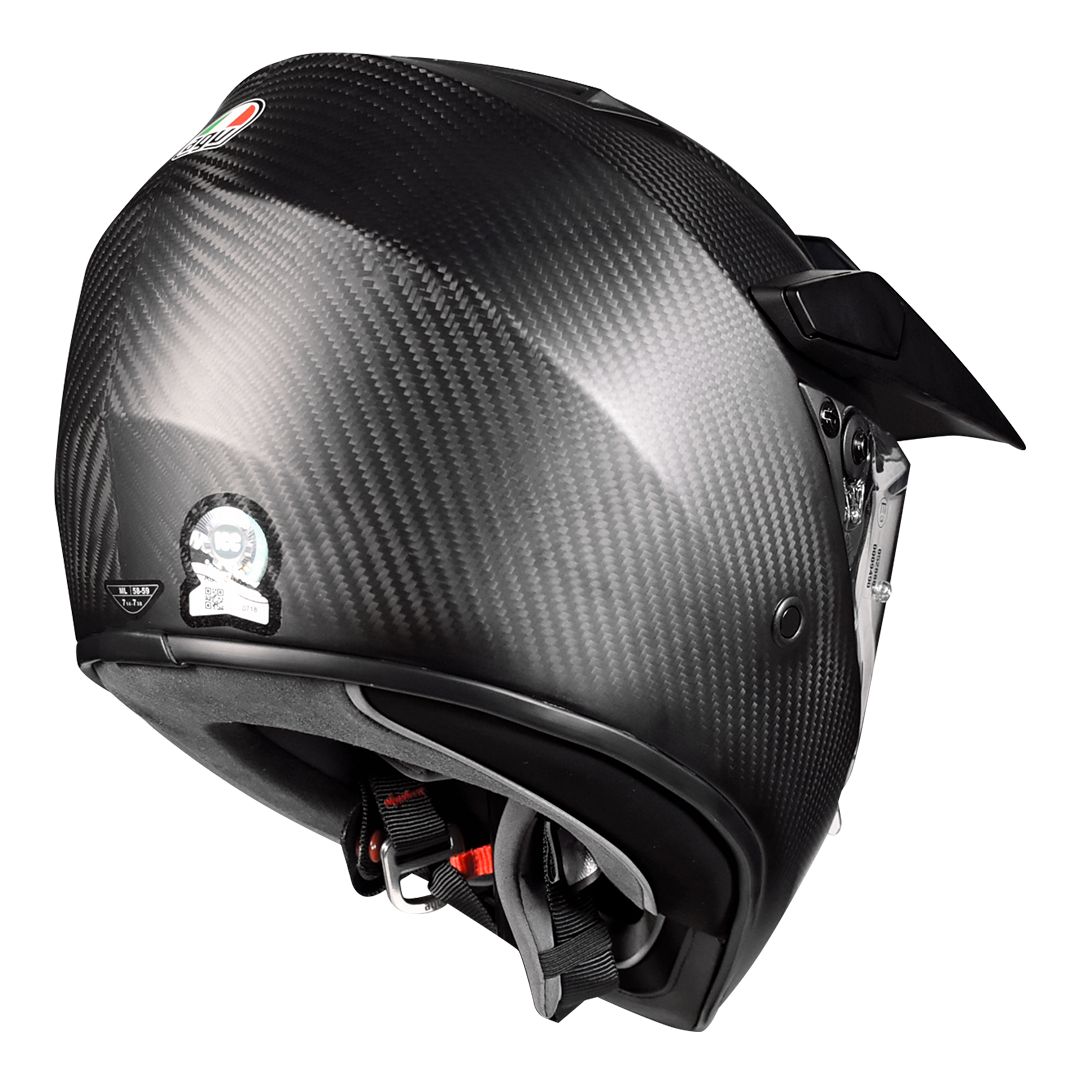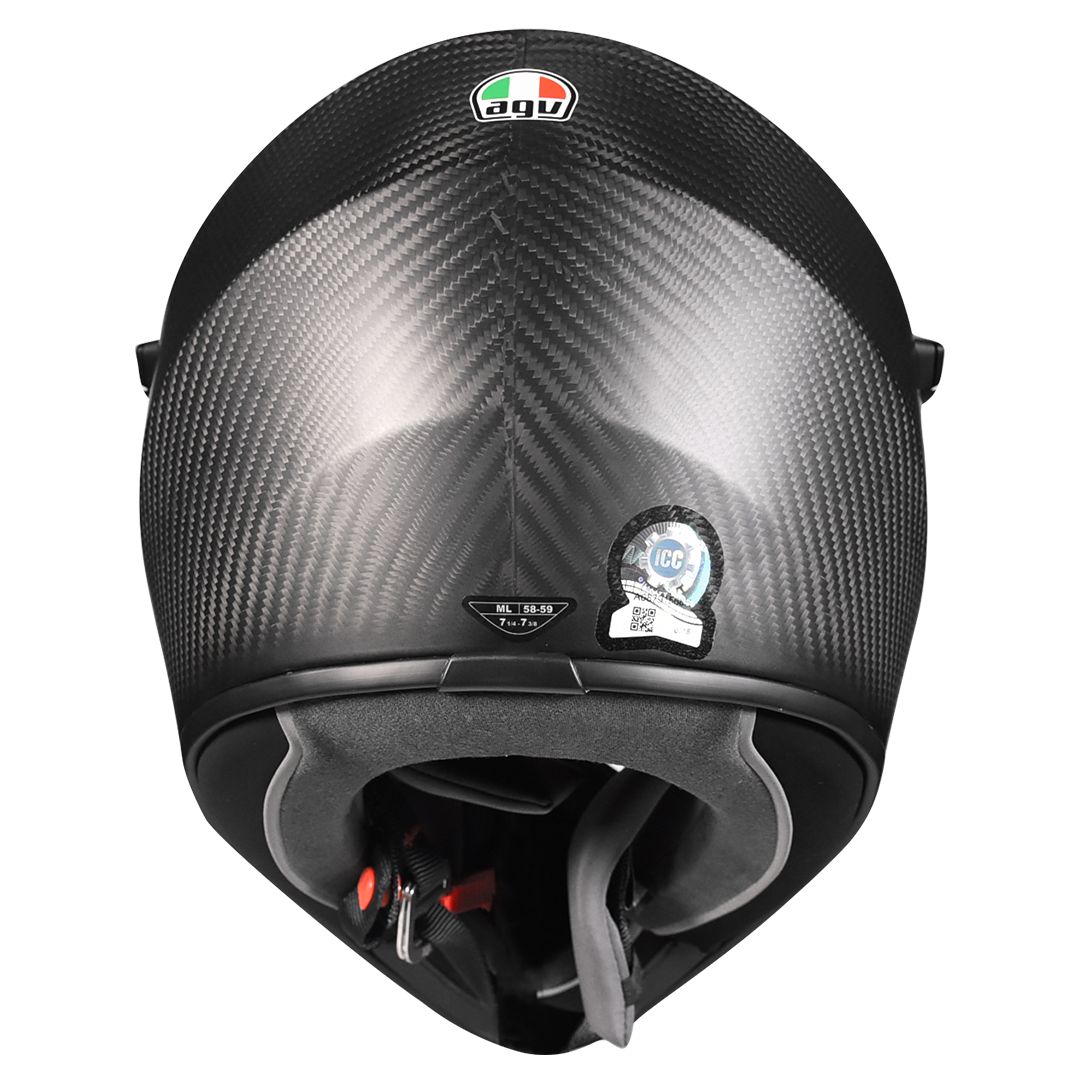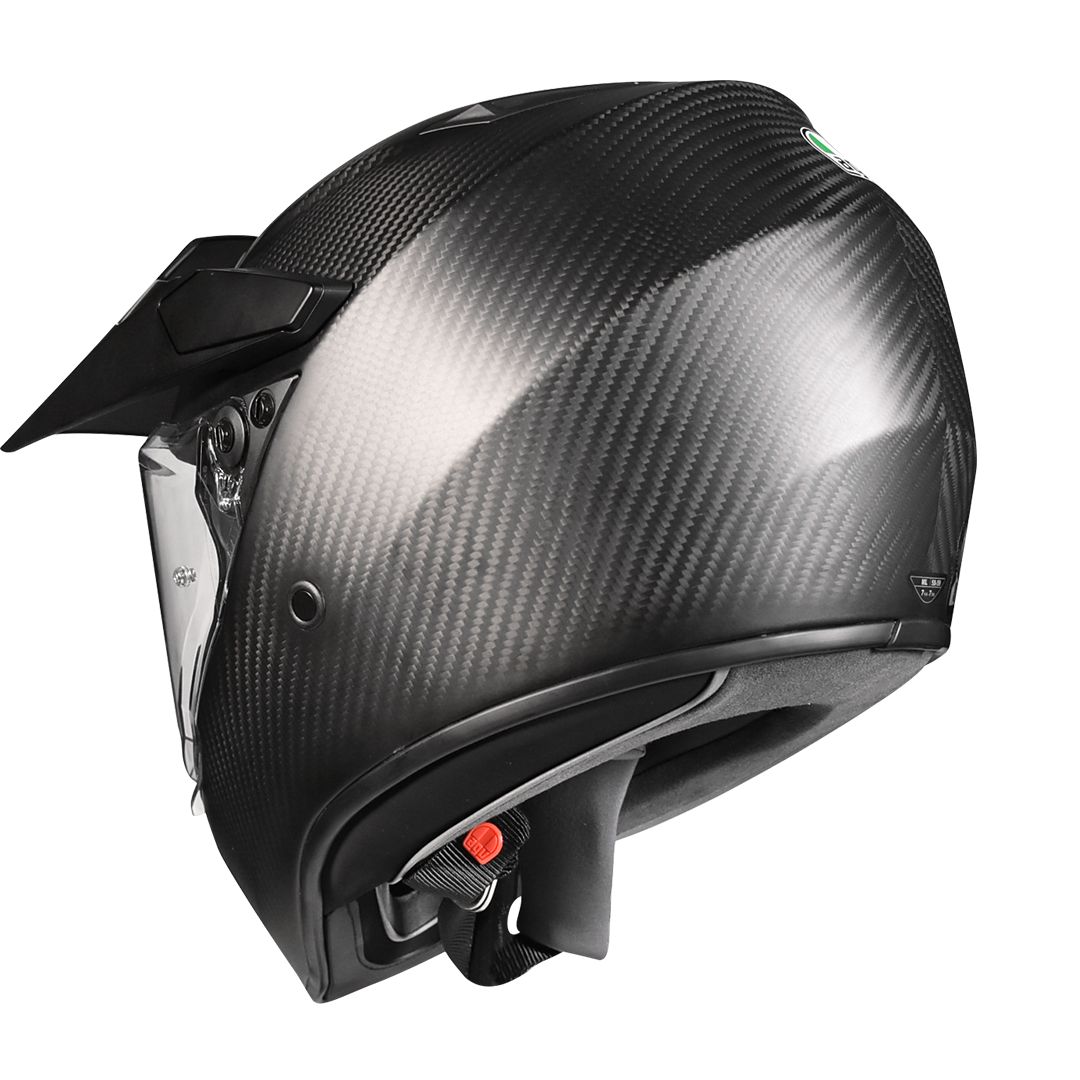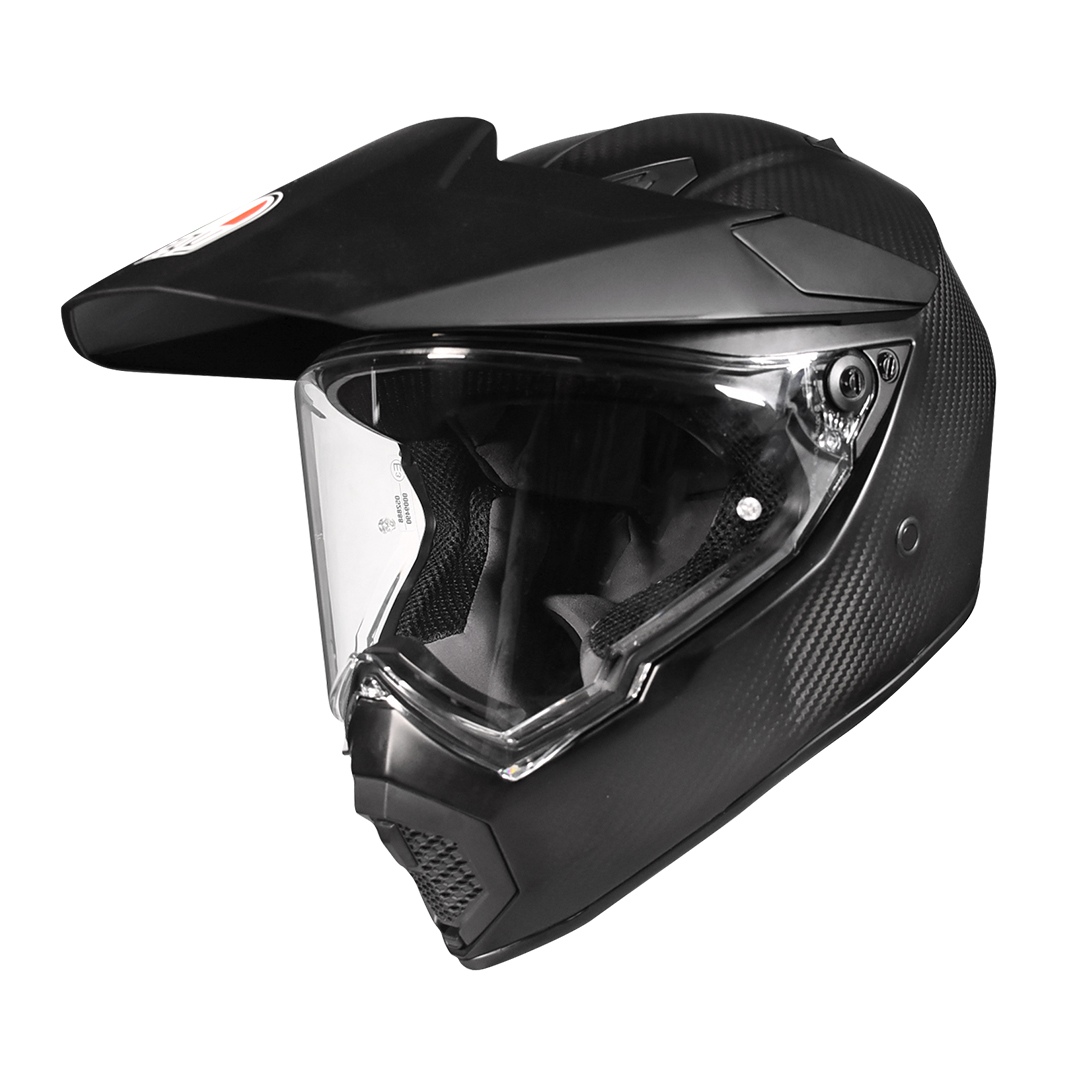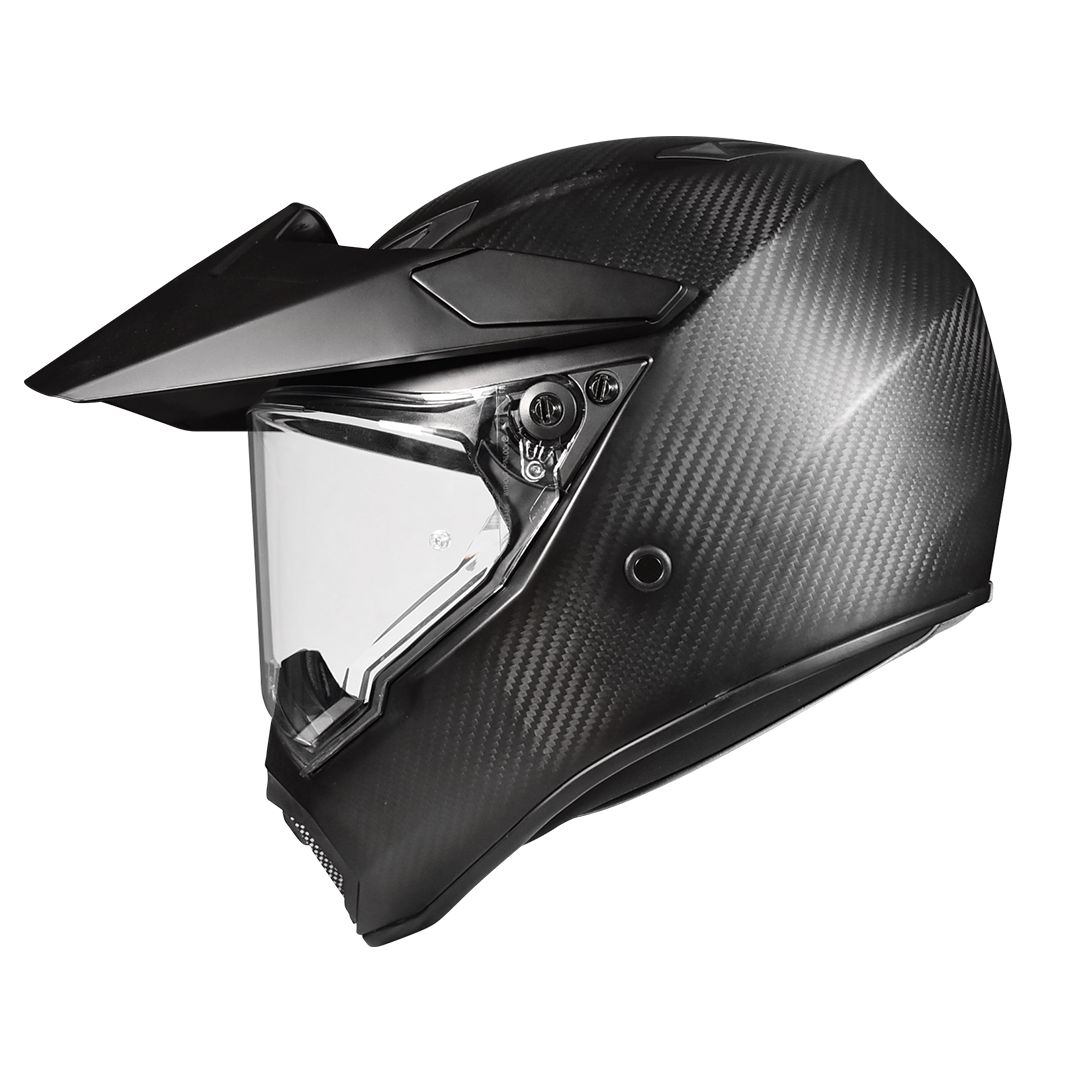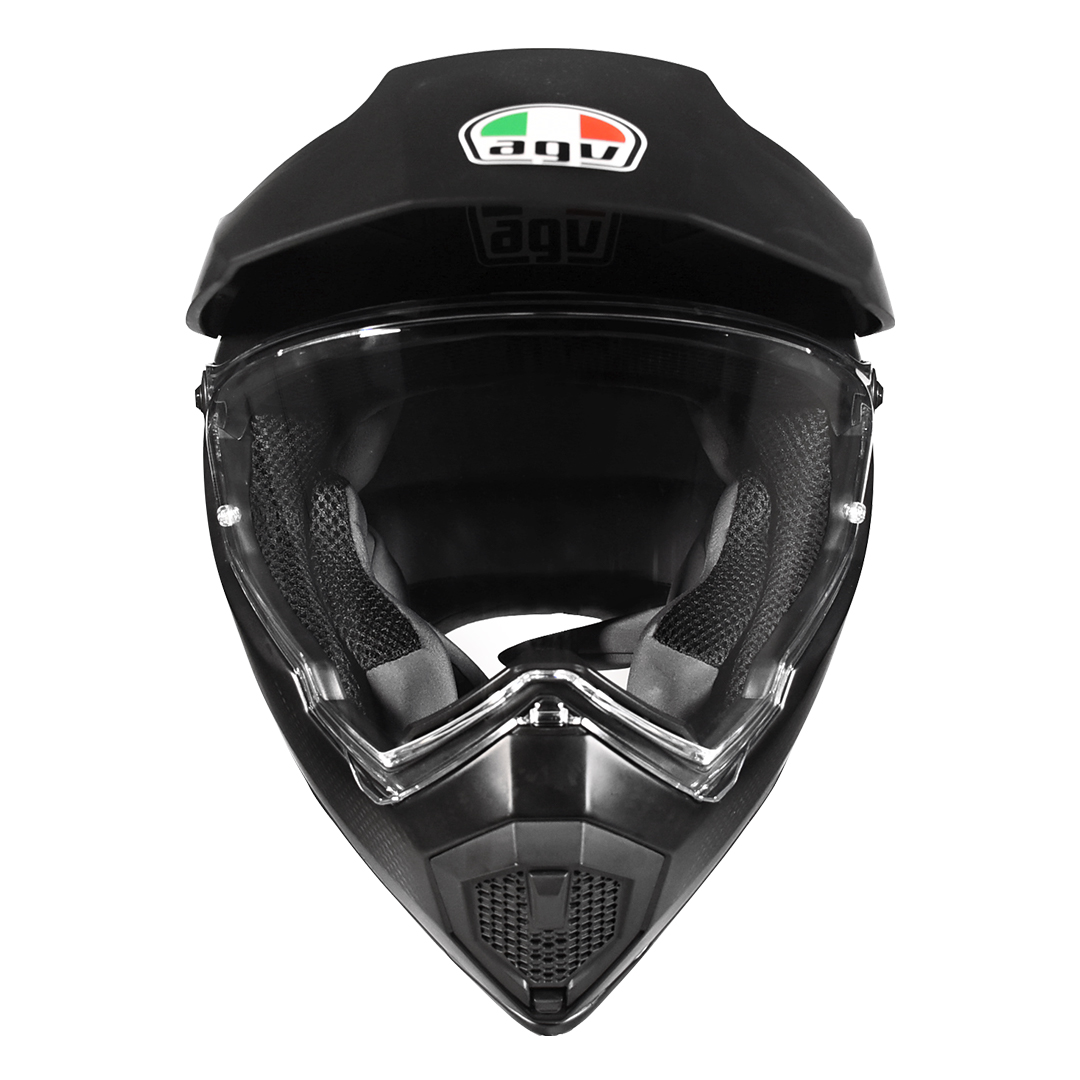With modern designs for motorcycle helmets, you don’t have to sacrifice comfort for safety, as there are options out there that provide you with both.
Riding a motorcycle is one of the most freeing experiences. However, it is not without its risks, as accidents can always happen while on the road. One of the main things that can protect you when this takes place is wearing a good helmet.
Types of motorcycle helmets
There are many different types of motorcycle helmets, from those that offer full head and face coverage to helmets that don’t cover your face at all. If you are involved in an accident with another vehicle, a motorcycle accident attorney will be better able to protect your rights if you were wearing a helmet at the time. But which type of helmet is the one you prefer?
Modular or flip-Up helmet
The main characteristic of this type of motorcycle helmet is that both the visor and chin bar can be lifted, making it a perfect mix of a full-face helmet and a ¾ helmet. If you are getting a more advanced design, you will have a double visor, which helps you with solar light coming into your eyes.
Half helmet
If you like to feel the air on your face then half helmets might be your best choice. They don’t have a visor at all, offering you full contact with the outside world. They cover the very top of your head and go right down to your eyebrows. You should consider getting safety glasses to avoid being harmed by any possible debris from the road.
Full face helmet
This is the best option when it comes to full protection from a motorcycle helmet. Thanks to their chin bar, you will be protected from this type of impact. In addition, full helmets provide partial coverage for the neck, which is a very vulnerable area when there is an accident. Among full helmets, you have options with higher or lower coverage, which adapt to the type of activity you will be performing.
Tech improvements have been added to some of the higher-end full helmets. Now, you can have Bluetooth speakers, something that is possible thanks to the additional space in this model.
Off-road helmet
This type of motorcycle helmet is designed to be as light yet as solid as possible as it is intended for those riding on dirt roads and irregular paths. They are more commonly used in races and riding sports and they are designed to allow for a wider visual range as well as better ventilation than other models.
Dual-sport helmet
These motorcycle helmets are another in-between, in this case between off-road helmets and full-face helmets. They offer fuller coverage while still prioritizing a wide visual range as these are also used in riding sports.
Determine your head size and shape
Motorcycle helmets are not one size fits all. While it is true that you can wear almost any helmet, the reality is that they won’t feel right on your head if they are not the correct size. Therefore, you should measure your head with a measuring tape. The circumference you should measure goes from the back of your head at its thickest point to the very front of your head, just on top of your eyebrows.
You also need to know what the shape and size of your head are before getting a motorcycle helmet. Your head might be a long oval, an intermediate one, or around the oval. A great way to make this determination is by having someone else take a look at your head from the top.
You can use the circumference measurement and your shape type to compare it with a helmet size chart. However, there’s nothing more exact than trying the helmet on to see how it fits and make sure it’s comfortable.
Motorcycle helmet safety standards
In the United States, the Department of Transportation (DOT) is the one that has established the safety standards applicable to motorcycle helmets.
Among the standards, it is required that all helmets have chin straps with solid rivets. In addition, helmets should have a thick liner made of polystyrene foam, which should be at least one inch thick.
While there isn’t an established minimum weight, compliant helmets tend to weigh around three pounds. Lastly, any outer add ons to a helmet should have a height of less than two-tenths of an inch according to these safety standards.
What is the best material for motorcycle helmets?
The shell of a motorcycle helmet is the one that gets the initial impact. The best helmets are made of fiberglass, which can be mixed with Kevlar for a truly durable and safe item. In addition, carbon and plastic can be used, but Kevlar is one of the best options out there.
Special thanks to Motoworld Trading Inc. for providing the images used. Visit their website at www.motoworld.com.ph.
Words by David Martin
